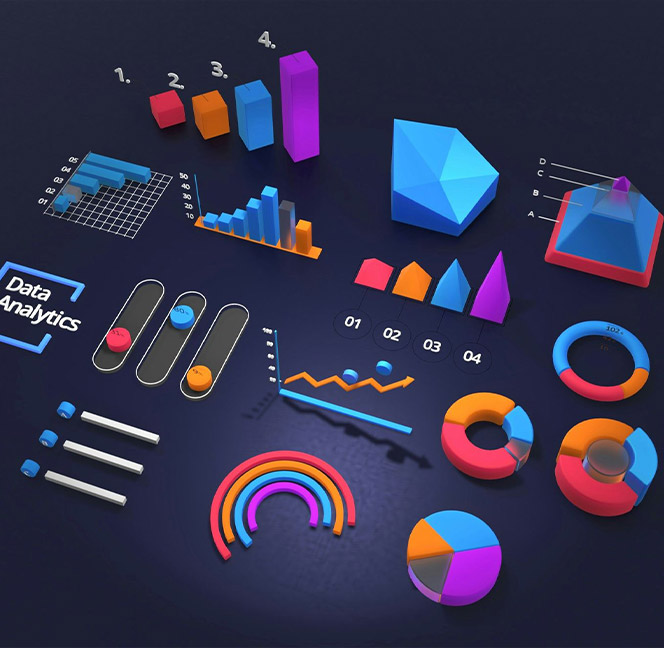In today’s economy, large-scale businesses rely on efficient distribution services to stay competitive. When every late delivery impacts margins and reputation, distribution becomes a strategic asset rather than a back-office function.
This guide explores:
- Key components of large-scale distribution, including warehousing, pick/pack, freight, and returns
- Benefits like cost control, scalability, and enhanced customer satisfaction
- The differences between 3PL and 4PL models and their suitability for complex supply chains
- The impact of distribution on customer experience and brand reputation
- Emerging trends like automation, sustainability, and real-time data analytics
- A checklist to determine when to outsource distribution and how experts like Distribution Solutions Australia (DSA) can help
By the end, you’ll have actionable insights to transform distribution from a cost centre into a competitive advantage.
What Are Distribution Services and Why Do They Matter?
Distribution services are the backbone of large-scale business operations, covering warehousing, pick/pack, freight, and returns. For enterprises handling thousands of SKUs per day, these services optimise storage, processing, shipping, and retrieval at scale.
Key benefits include reduced costs, improved efficiency, and greater customer satisfaction. Whether managing logistic services in Australia or across continents, robust distribution helps businesses meet customer demands and maintain loyalty.
Core Components of Large-Scale Distribution
Warehousing involves strategically located, high-capacity facilities equipped with advanced automation, temperature zones, and security systems. Inventory management uses real-time tracking and demand forecasting tools integrated with ERP and e-commerce platforms to prevent stockouts or overstock. Order fulfilment relies on high-speed pick/pack systems and quality-control checkpoints to ensure orders are accurate and damage-free. Shipping and freight leverage multi-modal networks that balance cost and speed, while streamlined returns processing reduces waste and recaptures value.
Why It Matters
Efficient distribution reduces costs, enhances delivery performance, and builds customer trust. Choosing the right model, such as 3PL or 4PL, ensures these components work seamlessly.
Exploring 3PL vs. 4PL Models
For enterprises managing high shipment volumes, the choice between 3PL and 4PL models is crucial.
A 3PL provider handles logistics execution, such as warehousing and transportation. This setup is ideal for straightforward operations needing reliable execution. On the other hand, a 4PL provider oversees the entire supply chain, coordinating multiple 3PLs and carriers. It is best suited for complex, multi-region operations requiring strategic oversight.
When deciding which model aligns with your needs, consider factors such as network complexity, operational requirements, and growth ambitions.
How Distribution Services Shape Customer Experience
Timely and accurate deliveries are essential for building brand trust. Large-scale distribution ensures on-time delivery, damage-free packaging, and accurate orders, which are key factors in customer loyalty.
Enhancing Experience with Technology
Tracking updates and advanced shipping notifications to improve visibility. These tools help keep customers informed about the progress of their deliveries, reducing inquiries and building trust. Meanwhile, data analytics identify inefficiencies and ensure smoother operations, which lead to stronger customer relationships.
Emerging Trends in Large-Scale Distribution
To stay competitive, enterprises are adopting a range of innovations. Automation, including robotics, increases throughput and reduces costs. Sustainability initiatives, such as electric fleets and reusable packaging, help businesses enhance their eco-credentials. Real-time data, powered by IoT sensors and predictive analytics, optimises operations and boosts decision-making.
Together, these trends streamline processes while meeting rising customer and regulatory expectations.
Is It Time to Upgrade to Outsourced Distribution?
If rising costs, capacity bottlenecks, or technology gaps are holding you back, outsourcing to experts like DSA may be the solution.
Key Indicators for Outsourcing
Escalating expenses, capacity constraints, and limited resources for adopting advanced technology are all signs that it may be time to outsource. Additionally, challenges in scaling operations or entering new markets can indicate the need for external distribution expertise.
Benefits of Partnering with DSA
Partnering with Distribution Solutions Australia offers several advantages. DSA provides cost optimisation through advanced freight analytics, helping large businesses reduce distribution expenses. Their high DIFOT record ensures enhanced delivery performance, protecting brand reputation. Companies also gain immediate access to cutting-edge technology, such as control-tower dashboards and AI-driven forecasting, without the need for significant capital investment. Finally, DSA offers scalability and agility, enabling businesses to flex their operations seamlessly as they grow or enter new markets.
Turn your distribution into a growth engine. Contact Distribution Solutions Australia for a free consultation and discover how outsourced logistics can propel your business forward.
